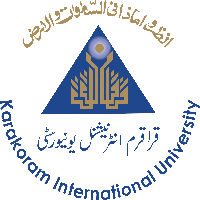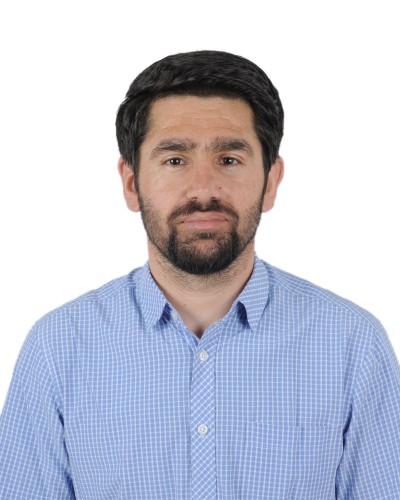The Department of Geology and Mountain Hazards (formally named as Earth Sciences) at Karakoram International University (KIU) was established in 2008 to address the increasing need for geological education and research in the geologically dynamic region of Gilgit-Baltistan. The department currently offers BS degrees in Geology and Disaster Management (both 4-year programs), as well as a 2-year MS in Geology with specializations in Mineralogy, Economic Geology, Petrology, Engineering Geology, Petroleum Geology, Mineral Prospecting and Exploration, and Natural Hazards, including Glacier Lake Outburst Floods (GLOFs), landslides, rockfalls, debris flows, flood monitoring, and river geomorphology. The program also includes a strong focus on climate change impacts, cryosphere monitoring, and related environmental challenges.
Gilgit-Baltistan, often referred to as a natural museum of geology and cryosphere, presents an ideal setting for the department due to its unparalleled geological and hydrological diversity. The region is home to over 7,000 glaciers more than any other region outside the polar zones, including some of the largest non-polar glaciers such as Siachen, Batura, Baltoro, Hispar, and Passu. These glaciers feed into major river systems, including the Indus, making the region vital for Pakistan’s water security. The cryospheric landscape includes seasonal snowfields, permafrost zones, glacial lakes, and rapidly changing ice masses, all of which are increasingly vulnerable to the effects of global warming. The monitoring and understanding of these features are crucial for mitigating risks such as GLOFs and water scarcity.
Gilgit-Baltistan hosts precious and semi-precious gemstones, various metallic and non-metallic industrial minerals of Gold, Copper, Lead, Molybdenum, and Rare Earth Elements etc. along with significant deposits of dimensional stones such as various types of granite and marble found across all districts. Tectonically, the area lies along the collision boundary of the Indian and Eurasian plates, delineated by the Main Karakoram Thrust (MKT) and the Main Mantle Thrust (MMT). Between these major fault zones lies the Kohistan Island Arc, a geologically important area for studying tectonic evolution and mineralization pattern that can support mining sector.
Moreover, Gilgit-Baltistan is the convergence point of three of the world’s greatest mountain ranges the Himalaya, Karakoram, and Hindukush further enriching its geological complexity and offering immense opportunities for academic exploration and discovery.
Looking forward, the department aims to play a pioneering role in Mineral Exploration, Cryosphere science, and Hazard assessment in the region. With its robust academic foundation, strong research focus, and strategic regional relevance, the Department of Geology and Mountain Hazards is composed to become a center of excellence and a valuable asset for the sustainable development and environmental resilience of Gilgit-Baltistan.



